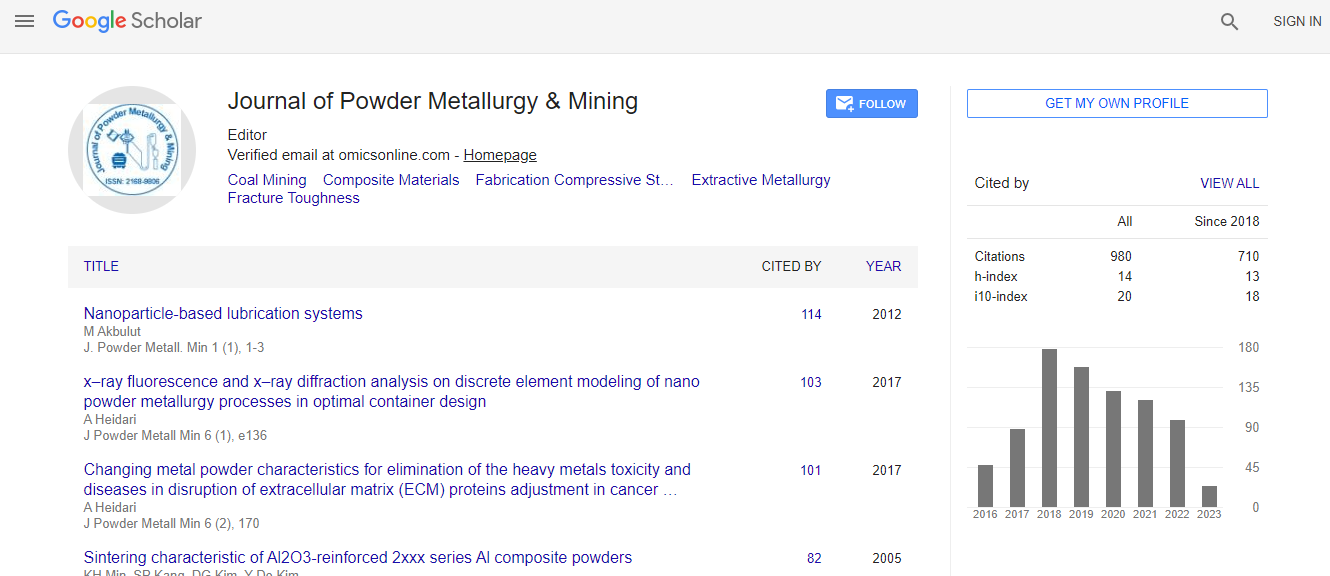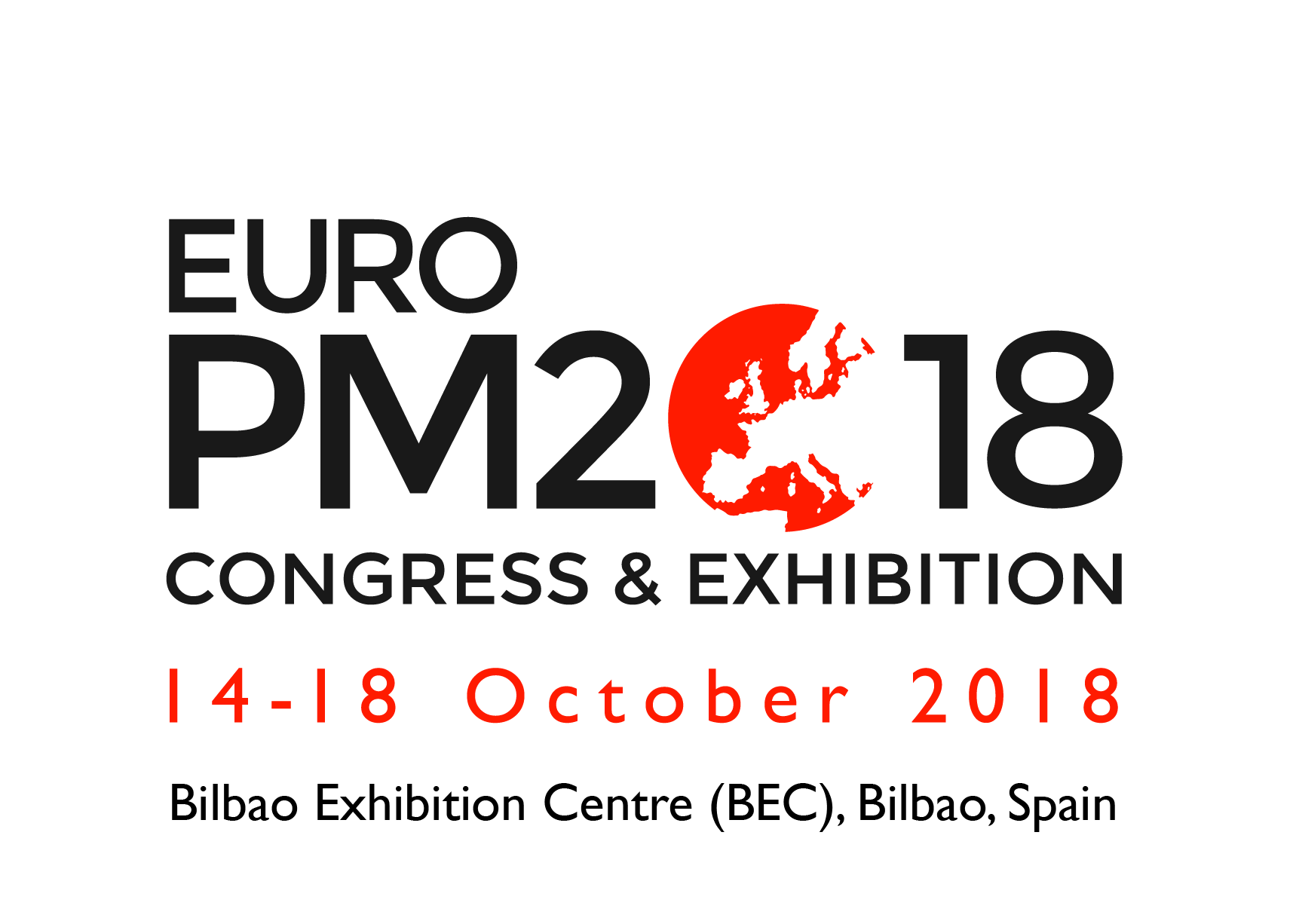Review Article
Micro Structural Evolution of a 93 Wt% Tungsten Heavy Alloy: A Quenching Study to Understand the Evolution of Contiguity, Connectivity with Sintering Temperature and Time
Bollina R*, Suri P, Park SJ and German RMAssociate Professor, School of Engineering and Technology, Mahindra Ecole Centrale, Bahadurpally, Jeedimetla, Hyderabad, Andhra Pradesh, India
- *Corresponding Author:
- Bollina R
Associate Professor, School of Engineering
and Technology Mahindra Ecole Centrale
Bahadurpally, Jeedimetla, Hyderabad
Andhra Pradesh, India
Tel: 0091-7799882807
E-mail: ravi.bollina@mechyd.edu.in
Received Date: April 17, 2015 Accepted Date: April 30, 2015 Published Date: May 07, 2015
Citation: Bollina R, Suri P, Park SJ, German RM (2015) Micro Structural Evolution of a 93 Wt% Tungsten Heavy Alloy: A Quenching Study to Understand the Evolution of Contiguity, Connectivity with Sintering Temperature and Time. J Powder Metall Min 4:130. doi:10.4172/2168-9806.1000130
Copyright: © 2015 Bollina R, et al. This is an open-access article distributed under the terms of the Creative Commons Attribution License, which permits unrestricted use, distribution, and reproduction in any medium, provided the original author and source are credited.
Abstract
Sintering temperature and time have an effect on the densification and distortion of liquid phase sintered tungsten heavy alloys. Quenching was used to observe the in situ microstructure at different temperatures and times. A 93 wt.% tungsten heavy alloy (WNi-Fe) was quenched from different temperatures and from 1500°C at different hold times and the micro structural parameters such as contiguity, connectivity, and grain size which define the critical sinter window for achieving full density without compromising dimensional control and mechanical properties are assessed. In situ measurements of Contiguity indicate that contiguity decreases at a rate of approximately 0.1/min during the initial minutes after liquid formation, indicating rapid dissolution of tungsten grains in the liquid matrix. The rate of penetration of the neck or grain boundaries is calculated as 0.018 μm/s, and this corroborates with drop in contiguity in the initial few minutes after liquid formation. The reduction in contiguity and connectivity is attributed to the dissolution of the necks between the tungsten grains, from the dissolution rate calculated in this study, it calculated that the grain boundaries dissolve within 3-4 minutes of liquid formation, which is validated by the experiments.

 Spanish
Spanish  Chinese
Chinese  Russian
Russian  German
German  French
French  Japanese
Japanese  Portuguese
Portuguese  Hindi
Hindi 

